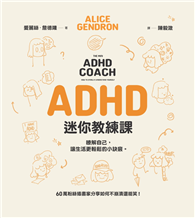In the third edition of this popular book, the authors narrow their target to issues common to adolescents and young adults. A former AAPC Publishing title, many of the features of the original book have been maintained and information on evidence-based practice has been added. Further, a series of instructional strategies are provided that can be used to teach the hidden curriculum. Instructional aids include charts, forms, and templates designed to make the job of teaching and learning the hidden curriculum more effective.
The world around us is a complicated place filled with expectations, rules, assumptions, guidelines, regulations, and policies. Although rules and mandates, in themselves, can be complex, most of us take comfort in them - often unconsciously - because they help us to know what to do in most everyday situations. Most of us like rules if they are consistent. It is when they are unclear, are used inconsistently, or are unstated that we become upset, indignant, or confused.
We are surrounded daily by such unstated rules or expectations that make the world a confusing place. This is known as the hidden curriculum. It is important to understand that the hidden curriculum exists across environments, places, and people. The purpose of this book is to make readers aware of the hidden curriculum, its elusiveness, and its impact. Some of us require more instruction in the hidden curriculum than others. Some seem to learn the hidden curriculum or aspects of it almost automatically. Others learn the hidden curriculum only by direct instruction. And that is where this book comes in.











